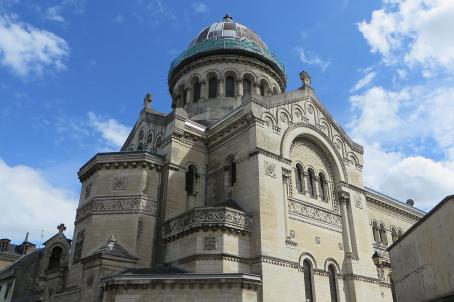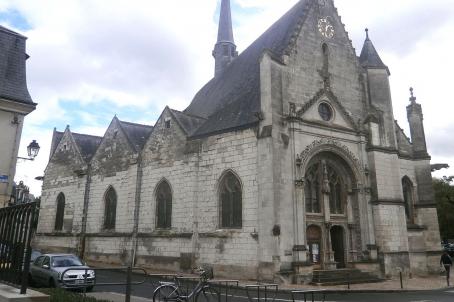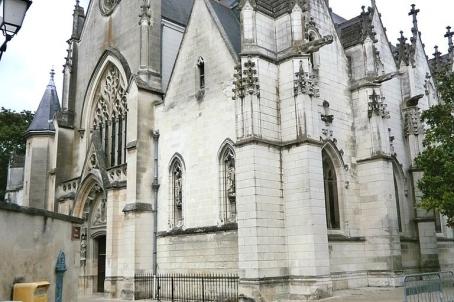Tours Cathedral
The first construction was initiated in 340 by Saint Lidoire, the second Bishop of Tours. In 561, the church was destroyed by fire. Gregoire de Tours had it rebuilt from 570 onwards. In the 12th century, Bishop Hildebert de Lavardin (1125-1134) undertook the reconstruction. The operation was completed around 1150 but a fire damaged it heavily in 1167. A new reconstruction project was launched, but it was not until 1547 that the church was completely completed.





